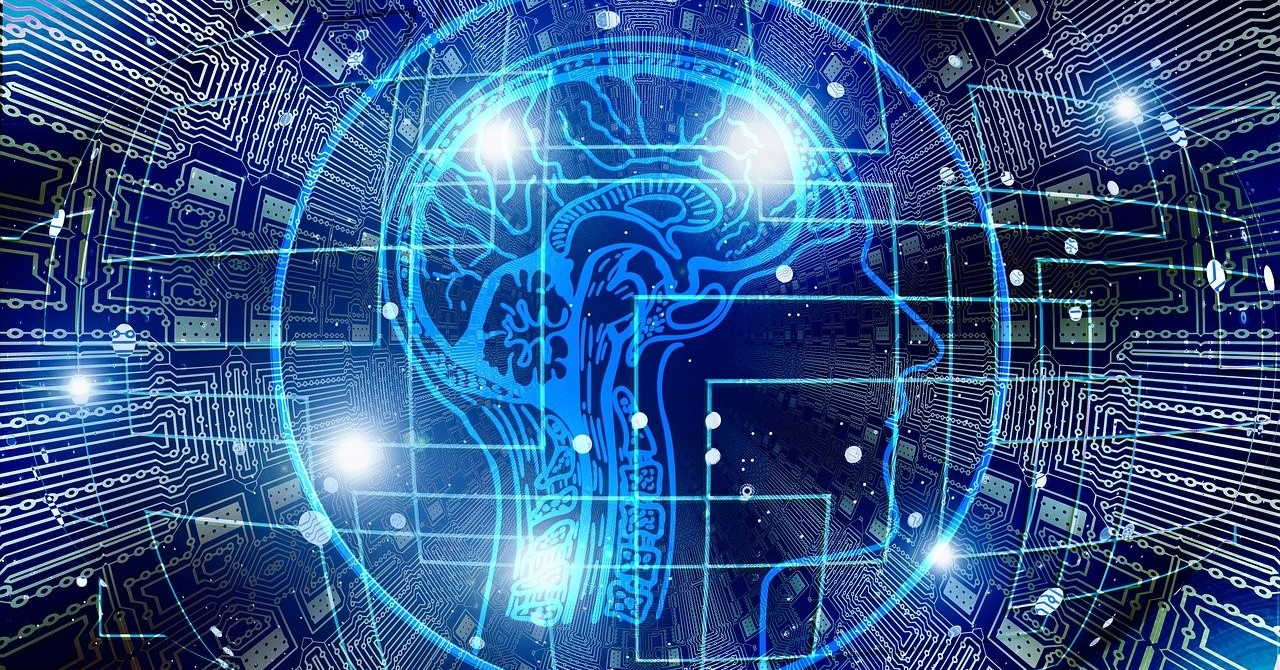Is Technology Beneficial for Education?

The modern school has to face the challenges of the new time - information that knocks down, the destruction of relationships and connections, the obsolescence of educational technologies. New technologies should come to replace that will help solve new problems. We understand why modern educational technologies are needed and how to apply them.
You can also use such modern technologies as cheap essay writing experts online on https://www.domyessay.net. They hire only professionals to write your papers.
Why Old Approaches Stop Working?
Nowadays, modern society is called a society of risk: the more a system is modernized, the more threats it poses to its members. On the one hand, risk helps to develop - everyone takes a chance, it is exciting, it gives an excitement to live. On the other hand, today's threats have no boundaries in space and time. The school is also at risk.
What Are the Risks Facing a Modern School?
Marketing. Marketing is the spread of market relations in all spheres of society. Market relations are subject to the adversarial principle. Schools are also placed in these conditions: they are divided into 8 clusters. The higher the school cluster, the more successful it is in the educational services market. The school runs the risk of losing to competitors, being unclaimed in the market.
Informatization. Every six months, a person doubles the information that he had before. This leads to overwork, decreased physical activity, emotional impoverishment, reduced creativity, lag in the information flow. As a result, the child changes - he finds himself in a "situation of broken ties." A chaotic flow of information pours out on him. It is difficult for children to structure it. There are few stable relationships around.
Socialization. There is more information, more acquaintances, too, and less time to communicate with loved ones. Anxiety and aggressiveness increase, self-confidence decreases. This leads to social loneliness.
The technologies that helped to acquire knowledge stop working - there is a lot of knowledge, something else needs to be put at the center of the educational system. It is not knowledge that becomes more important, but the problems of individualization: how to help a child understand himself, his values and desires, to become what he wants.
How to Use New Educational Technologies?
Think about the goal. The technology answers the question "how to use this or that technique optimally" - it is needed to optimize the educational process. That is, it is necessary to use new technologies where there are problems.
Choose from a variety. Gaming technologies, collaboration technologies, case study technology, critical thinking development technology, and project method are gaining popularity. Technology is the tool you need to achieve your goal.
Include subjectivity. Any technology should help the student to become active and proactive. If a child creates a project and at the same time does everything under dictation, then the technology did not work.
Transfer experience. The technology should help the teacher pass on their knowledge or allow the student to discover new adventures in the process. This is good for design techniques and gameplay - the process sometimes becomes more important than the result. The main thing is to reflect on time, discuss how new skills appear in a child and why they are needed.
Create a product. It is also essential. Through the product, the child better understands why he is studying the subject, why he uses the method. The product should be tangible but not necessarily beneficial for everyone - a diary with recorded mistakes and discoveries can also be a product.
Evaluate a product, not a person. Personality assessment and then its correction is the main pedagogical mistakes. It is necessary to evaluate the product, and not by "two" and "five," but qualitatively. The student needs to be told what he did, what he didn't, and why.
Virtual and Augmented Reality
Experience with the latest presentation systems will also be helpful. Today there are virtual and augmented reality technologies and holographic 3D interfaces. The creator of the Oculus Rift helmet, Palmer Luckey, hopes that his brainchild will be used not only for entertainment in the future. There are over 100 educational apps available on the Oculus store right now, considering that the headset has yet to go mainstream. The developers of the impressive HoloLens technology are confident that their invention will soon become an integral part of the learning process.
Such systems will require the emergence of a whole scattering of specialists - methodologists of new teaching materials, consultants, even teachers-directors, and teachers-designers who will understand the structure of knowledge and the basics of exposure, editing, and building the virtual world. Online universities will also need their laboratory assistants, methodologists, deans, who, in addition to their usual skills, know information technology and the basics of programming. Almost any school or university profession will be digitized. Even a labor teacher will have to master 3D printing and modeling, and an athlete will have to work with trackers and big data.
In a world where technological progress is moving faster, practical teachers will always be in demand. Their expertise and frontline experience will help the education system keep up with other industries. Most likely, pedagogy itself is evolving as a discipline. Big data, powerful algorithms, new social psychological research, and upcoming discoveries in neuroscience can transform teaching into an evidence-based science. And despite all the latest technologies, it is evident that the teaching profession in 2036 will be both in demand and enjoy as never before.



